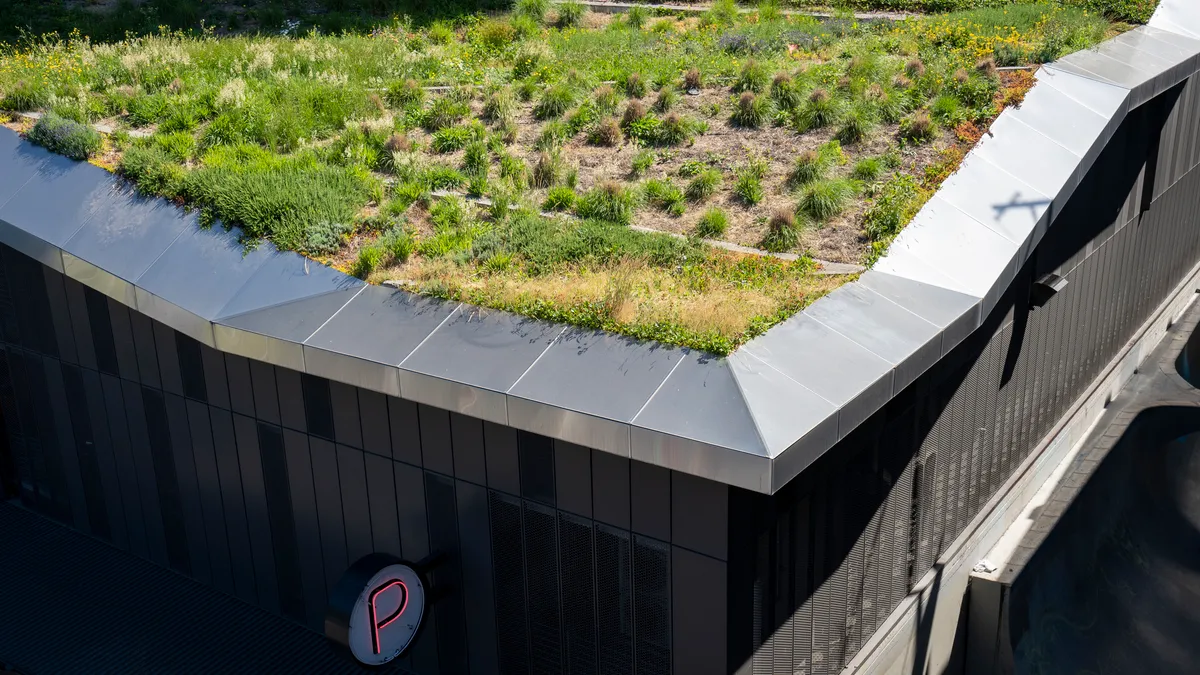Dive Brief:
-
San Francisco, Riverside, CA, and Detroit added the most new jobs per housing permit issued of major U.S. cities from 2012 to 2016, according to a Bloomberg analysis of Census Bureau data.
-
Six California metros were among the top 10 metros with the slowest rate of permits issued compared to job growth. Houston and Austin, TX, Washington, DC, and Charlotte, NC, reported fewer new jobs per permit.
-
Between 2006 and 2016, builders added fewer new houses than during any 10-year span since 1990. The slowdown can be attributed to a continued shortage of land to build on where buyers want to live; the skilled-labor shortage; and zoning rules that limit housing density in cities.
Dive Insight:
Houston, Austin, Charlotte and other smaller markets with strong job opportunities and a low cost of living are beginning to attract attention. Texas markets, especially, are undergoing massive population shifts, with Houston leading a group of 11 major U.S. metros that are each adding more than 1,000 people per week.
Houston is one city that is becoming more "dwellable," according to CityLab, by adding more new housing units in 2016 than it did new residents. However, the metro slipped from its six-year run atop Builder magazine's list of the top 50 new-home markets by closings to the No. 2 position behind Dallas–Fort Worth, TX, this year.
Analysts worry that the traditionally affordable market could become less so as home price growth exceeds income growth in the area. According to Houston Agent Magazine, the median home sales prices in Harris and Galveston counties — both in the Houston metro area — jumped 45% and 47%, respectively, from the market’s trough to Q4 2016, with prices then exceeding $200,000 in both counties. Wages, in comparison, dropped 8% in Harris County and rose only 1% in Galveston County during the period.
Phoenix, too, is making a strong push for new housing stock. The metro area saw the largest population gain among the nation's fastest-growing cities in 2016, according to CityLab’s ranking, while also having enough unoccupied housing to meet that demand. A booming tech industry is a major driver of that growth. That development, in turn, is spurring the construction of high-density for-rent housing around the city center.











